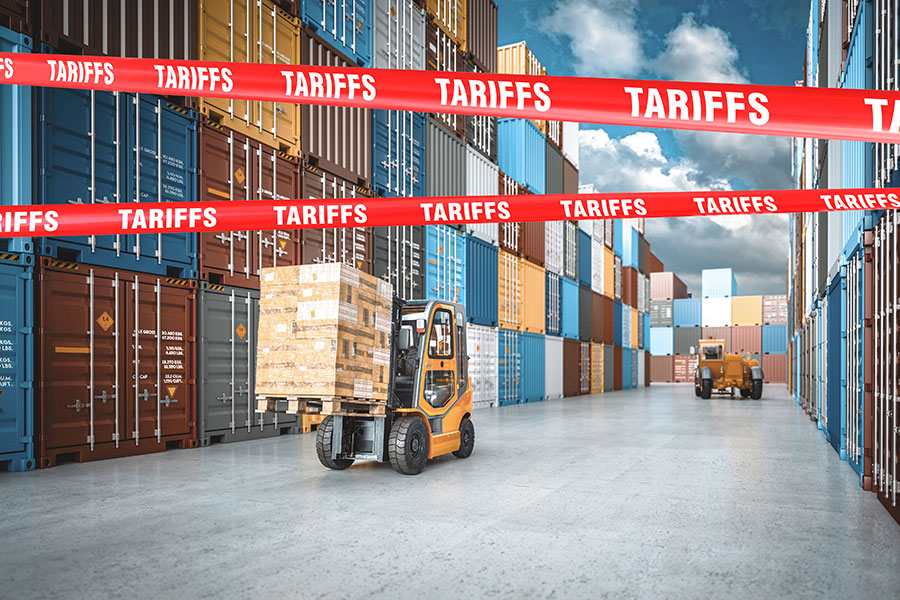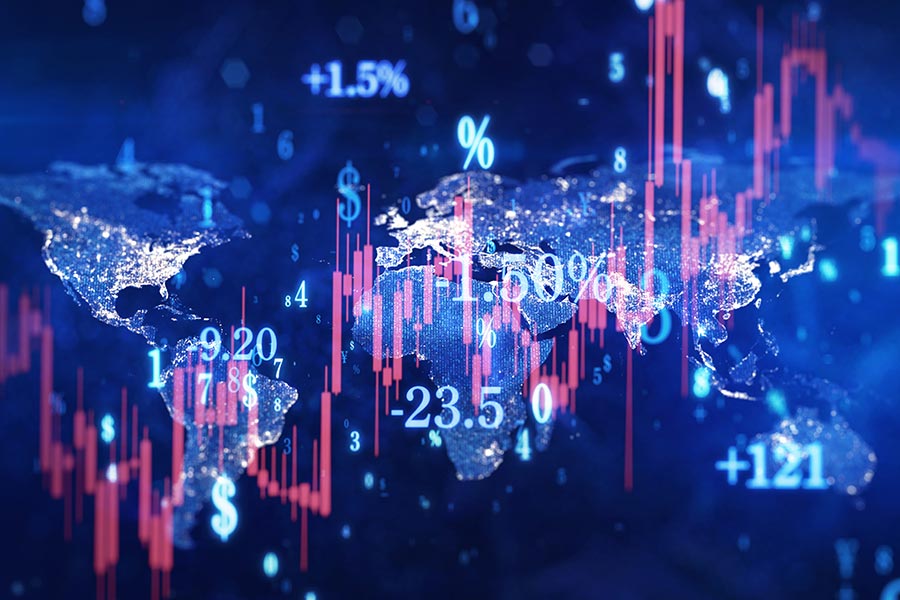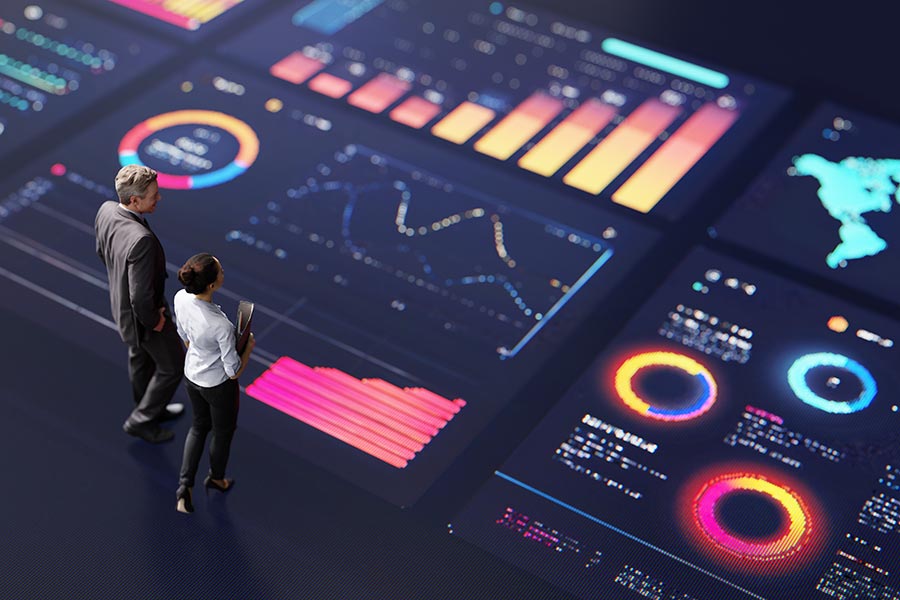Competitiveness is no longer limited to a country’s or company’s ability to lead in productivity and offer goods and services at attractive prices. It also depends on the capacity to create value that aligns with political and social priorities in a global environment
While many commentators focus on potential trade wars and tariffs taking centre stage in 2025, leaders must also be aware of broader and more sophisticated geo-economic arsenal tools countries have at their disposal.
Traditionally, tariffs were used to influence international trade, but there is now more integration of economic policies with national security and technological innovation.
Technology-specific regulations and sanctions targeting strategic sectors have emerged as essential instruments of economic competition.
For leaders, understanding and anticipating these shifts is no longer optional—it is the foundation of staying competitive in a rapidly evolving global landscape.
A clear example is the recent US move to limit investments in sectors where the country faces strong competition from China, including Artificial Intelligence (AI) and quantum computing—measures that take effect at the outset of the year.
These sanctions seek to curb Chinese military capabilities and to redirect the flow of capital to domestic technology sectors.
This type of action not only affects China but also creates a temporary advantage for US companies in emerging sectors, strengthening their global position.
Another relevant case study comes from the joint effort by Japan, the Netherlands, and the US to restrict the export of advanced lithography equipment to China used in semiconductor manufacturing.
This measure, implemented in 2023, adds another concept to the equation: how countries view each other to protect themselves through strategic alliances.
But the battle is global. While the US leads in advanced physics and big tech and China dominates areas like drones, advanced batteries and 5G, the broader landscape reveals additional opportunities for businesses to capitalise on sector-specific leadership.
These include cross-border collaboration and investments in areas that have yet to be fully defined by regulation or control.

By recognising these dynamics, businesses can better navigate the competitive tensions and position themselves in emerging growth sectors.
These alliances can reduce global dependence on China, avoid sanctions from other countries, and strengthen domestic perceptions.
Defence, autonomy, innovation, and technology are driving the competitive edge.
Similarly, in the area of Intellectual Property (IP), countries like India are challenging traditional norms in key sectors such as vaccines and biotechnology.
India is positioning itself as a leader in producing more affordable healthcare solutions for emerging markets, challenging IP rights for short-term gains but risking a longer-term ecosystem that depends on innovation to succeed.
This approach has already attracted significant investment in research and development infrastructure nationally but fails to consider how innovation could be hindered.
If there is no incentive to develop new medicines, the generics sector, which is highly dependent on advances in the innovative sector, will struggle to survive.
This is the real dilemma of the geoeconomic war: while India may see immediate benefits, in the long term it risks undermining its own pharmaceutical industry.
Businesses must invest in cross-border innovation partnerships, leverage public-private collaborations to drive research, and actively shape global regulatory frameworks to align with emerging technologies.
Defence, autonomy, innovation, and technology are driving the competitive edge
By seizing these opportunities, leaders can turn areas of rivalry into zones of shared growth and innovation.
Tariffs are the symptom of the political disruptions we face, yet solutions exist where leaders can be effective in identifying their role as solutions partners to governments.
This mindset means not only responding to policies but proactively co-creating frameworks that align economic incentives with stability, ensuring a competitive edge in both the boardroom and the policy-maker's agenda.
Get In Touch
Email: Ibecglobal@ibec.ie
LinkedIn: https://www.linkedin.com/showcase/ibecglobal
X: @Ibec Global
Bluesky: @ibecglobal.bsky.social










